The role of internal communication in building your employer brand
“The art of communication is the language of leadership”
Mastering leadership language is not just external; it echoes profoundly within an organisation and contributes to the company culture. Effective internal communication is the glue that holds an organisation together, fostering a thriving work environment and playing a pivotal role in shaping an outstanding employer brand.
Internal communication: the foundation of employer branding
The exchange of information and understanding within an organisation, better known as internal communication, is much like the central nervous system of the human body. It circulates essential knowledge, aligns individual purposes to the shared mission, and shapes the perception that employees hold about the company or the employer brand.
In an era where online reviews and social media have become commonplace, and employees can share their workplace experiences effortlessly, preserving a positive employer brand is crucial.
And so internal communication plays a key role in aligning employees with the company's ethos, building a sense of belonging, and inspiring employees to transform into brand ambassadors.
The evolution of internal communication
Internal communication has evolved significantly from its earliest days of the "command and control" model, characterised by directive, one-way flow of information from management to employees. As business environments grew more complex, the need for a two-way communication model emerged, leading to the creation of feedback mechanisms like suggestion boxes and surveys. This shift recognised the employee as a key stakeholder and aimed to foster active engagement rather than merely disseminating information.
With the advent of digital technology, the landscape of internal communication underwent a radical transformation. Tools such as email, intranets, instant messaging, and digital collaboration platforms sped up communication, made it more efficient, and fostered social interaction and knowledge sharing. This digital era marked a shift towards multi-channel, instant, and interactive communication, focusing on creating a positive employee experience through transparency and authenticity.
Looking ahead, the integration of AI and advanced analytics heralds a new future of internal communication. Artificial intelligence and chatbots can manage employee queries and personalised communication, while data analytics can measure the effectiveness of internal communication strategies. However, all AI and chatbot interactions still need checked and aligned to the company brand and cannot be relied upon to become the voice of the brand.
The evolution of internal communication underscores the increasing significance of a more inclusive, engaging, and tech-driven approach in shaping an interconnected and interactive workplace, ultimately driving business success.
Developing a strong employer brand through internal communication requires a well-thought-out strategy:
Foster transparency: strive for open and transparent communication. Sharing the organisation's vision, goals, and strategies with employees helps foster trust.
Promote two-way communication: facilitating feedback and promoting open dialogue helps employees feel valued and engaged. It also assists in identifying and rectifying any potential issues that could harm the employer brand.
Celebrate achievements: regularly acknowledging and celebrating employees' accomplishments can boost morale and create a positive perception of the company.
Leverage technology: Employing diverse communication platforms and tools can make internal communication more interactive and engaging, providing a consistent brand voice is maintained across all brand touchpoints.
Embrace digital
“In the digital era, your online reputation matters. Many potential employees will first encounter your brand online, so it’s essential to have an appealing and accurate online presence,” continues Jackie. This presence extends beyond your company website to social media platforms and review sites.
As an example, Salesforce, one of the 'Fortune 100 Best Companies to Work For', has an excellent employer branding strategy. They showcase employees' stories on their website and utilise social media platforms to give an inside look at the company’s culture. They also emphasise giving back to communities, which resonates well with many job-seekers today.
“Ultimately, effective employer branding is not a one-time effort but an ongoing strategy,” says Jackie. It’s also not only the realm of large business.
In summary, internal communication is an immensely powerful tool in sculpting an employee brand. It plays a pivotal role in nurturing a positive work environment, boosting employee engagement, and aligning employees with the company's values. By adopting a strategic and considerate internal communication strategy, organisations can build a resilient employee brand, enhance their reputation, and drive sustainable success.
Dovetail is a pioneering branding and agency with offices in Perth and Melbourne, serving clients across Australia. Our unique approach unites three key areas of branding – consumer brand and marketing, HR and employee branding, and events – to create tailored solutions that drive business success. By leveraging our expertise in these interconnected fields, we empower our clients to build strong, consistent, and memorable brand experiences, fostering deeper connections with their customers, employees, and stakeholders. Partner with Dovetail and discover the unparalleled advantage of a holistic branding strategy which moves your brand to the apex of the Brand Engagement Pyramid.

![Dovetail] Engage May Employee Comms](https://images.squarespace-cdn.com/content/v1/56724fcb1c121070986a157c/7e68f977-c771-413b-a2e7-c7b632101b7c/dovetail-engage-May-employee-comms.jpg)